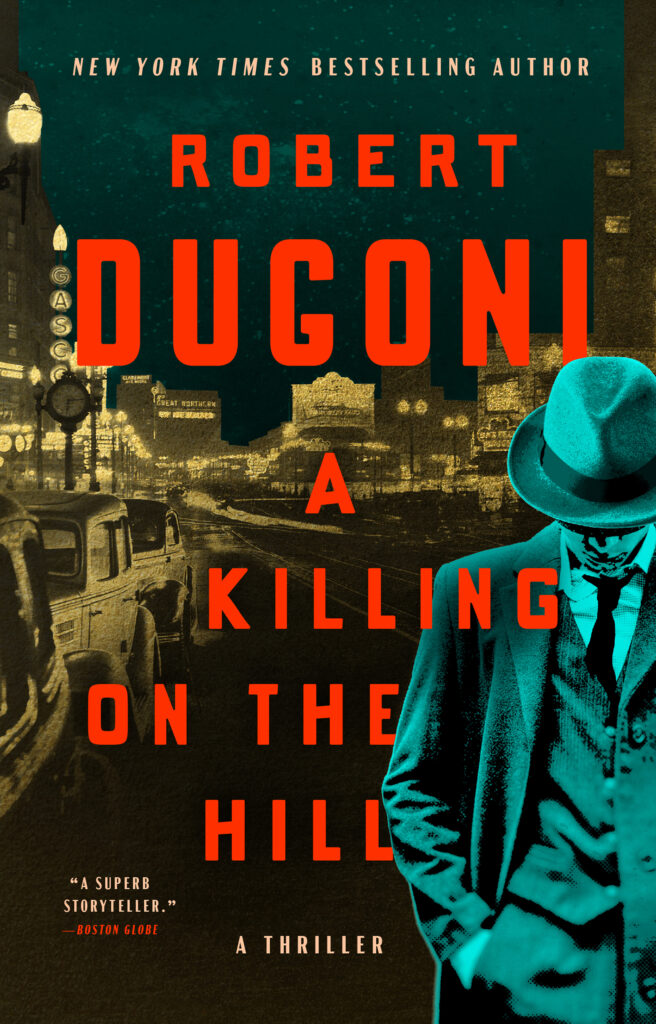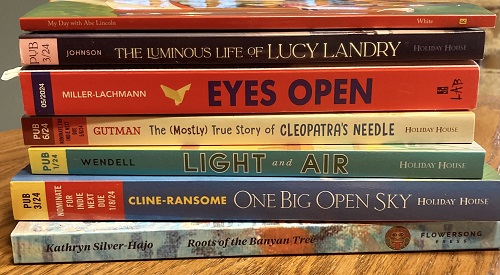Launch: Margaret Porter’s The Limits of Limelight
INTERVIEW BY JODI MCMASTER
Margaret Porter has written twelve historical novels set in England from the 17th–18th centuries, and her newest novel, The Limits of Limelight, is her second book set in the Golden Age of Hollywood.
What is your elevator pitch?
A pretty Oklahoma girl in Depression-era Hollywood strives to achieve the stardom of her cousin, Ginger Rogers, until tragedy, experience, and increasing self-knowledge dramatically alter her aspirations—and present unexpected opportunities.
 Not surprisingly, a book with Ginger Rogers as a major figure immediately conjures Fred Astaire. He is mentioned often, but doesn’t really come into the action. What motivated that choice as an author?
Not surprisingly, a book with Ginger Rogers as a major figure immediately conjures Fred Astaire. He is mentioned often, but doesn’t really come into the action. What motivated that choice as an author?
Although Fred is a presence in Ginger’s professional life and frequently mentioned, I permitted him only a single line of dialogue. My choice was partly based on respect for her sense of being overshadowed, but mostly because he was never very closely connected to Phyllis, who is my main character, or Lela, the other significant character. Unless Astaire was actually in the rehearsal room or soundstage, he maintained a certain aloofness from the film industry. Also, I enjoy replicating the literary device of characters who are a presence in the narrative yet not fully present. You might say Fred Astaire functions as the Mrs. Rochester of my novel.
It sounds like Phyllis Fraser’s life after the novel ends is fascinating. Do you plan on writing a sequel to cover that part of her life?
No plans at present. There might be another Hollywood novel about a person with a different relationship to a major star of cinema’s Golden Age. But for my next project, I’ve returned to the 18th century.
Share something with us that you learned while writing this book.
I think I was most intrigued to discover, through Phyllis’s reminiscences, that America’s wholesome sweetheart, Ginger Rogers, cohabited with men without anyone in Hollywood being aware of it. So did Lela, her mother. Both had been previously married and divorced, but even so, in the 1930s that was quite scandalous behavior.
What research sources were the most useful to you for this novel?
In order of importance: a transcript of Phyllis’s unpublished whole life memoir, although she was reminiscing so many years after her days as a Hollywood starlet that she misstated dates; the newspapers and movie magazines of the period 1931–1940, which helped me correct all those wrong dates; and Ginger Rogers: My Story, the star’s late-in-life autobiography, which fuses some events that were easy to correct for my timeline. I don’t remember how I first found out about the memoir. It is a massive typewritten transcript of a series of audio recordings, a giant stack of photocopied pages. She discusses her life from the beginning through to the 1980s. The original is held at Columbia University in New York, where she was living.
Various actors, some only known to aficionados of the Golden Age of Hollywood and others who are still household names, show up in the story: Peg Entwistle, Mary Blackford, Anne Shirley, Boris Karloff, and Kate Hepburn, just to name a few. Was there a specific actor who you were particularly fond of as a character?
Peg Entwistle has interested me for a very long time. I had the benefit of being able to correspond with her biographer, the late James Zeruk. I also consulted with documentary filmmaker Hope Anderson, producer of Under the Hollywood Sign, who lived in Peg’s neighborhood and was very familiar with the terrain. As a former stage actress with a little film experience, I can’t help being sympathetic with Peg’s struggles to maintain her theatrical career, and the charged choices that present themselves with the opportunity to work on movies. Her brief and ultimately tragic time in Hollywood very much overshadowed her long career on the stage and her highly regarded talent.
Henry Willson is probably much more notorious after being portrayed by Jim Parsons in the 2020 Netflix miniseries Hollywood, although in a period much later than the one you’re writing about. You had Phyllis wonder if he was a predatory agent, but left the question open. What is your expectation of the knowledge a reader will bring to the book when someone like Willson shows up in the pages?
When writing about the Golden Era predators, I’m careful to discover what was true, what was actually known at the time and by whom, and what was carefully concealed. At that time, Hollywood homosexuals had to be closeted, and uncertainty persists about the exact nature of Henry’s relationship with his earliest clients. Even his biographer is unsure about the nature of his relationship with Phyllis Fraser’s co-star, the doomed male client who briefly shared his home. I have no expectation that the reader would know about Henry’s proclivities. I chose to present him as he presented himself at that time—outwardly heterosexual, an enthusiastic promoter of the younger folks in Hollywood, and interacting with people who surely had their suspicions about him.
 What are your go-to tools or rituals when you sit down to write?
What are your go-to tools or rituals when you sit down to write?
To set the scene: I have a mug of hot tea within reach. There is sound—either music or something on the television. My dog is next to me on the sofa or close by. The shades on six surrounding windows are raised, so plenty of light and views of gardens and trees. I reach for my writing notebook to jot any scenes or dialogue or other inspirations that occurred to me before falling asleep the night before, while waking up, or when showering. Then I probably review my project notebook, a three-ring binder where I store visuals and print-outs of my novel’s historical event timeline and character sketches and the story outline, and similar electronic project folders. Which individuals are in the scenes I’ll be writing? What needs to happen next? How is my protagonist affected?
Typically, I write on a laptop, although sometimes when working on a scene of great significance or emotion or strife, I will revert to longhand. I break up the writing time either in the morning or the afternoon with my ballet workout, or I walk the dog, which is good for “book thinking.”
If your life were a novel written by a well-known author, who would that author be?
It would have to be a Jane Austen-Edith Wharton-P.G. Wodehouse-Harper Lee mash-up.
What is the last great book you read?
The Pursuit of Love by Nancy Mitford.
![]()
HNS Sponsored Author Interviews are paid for by authors or their publishers. Interviews are commissioned by HNS.






